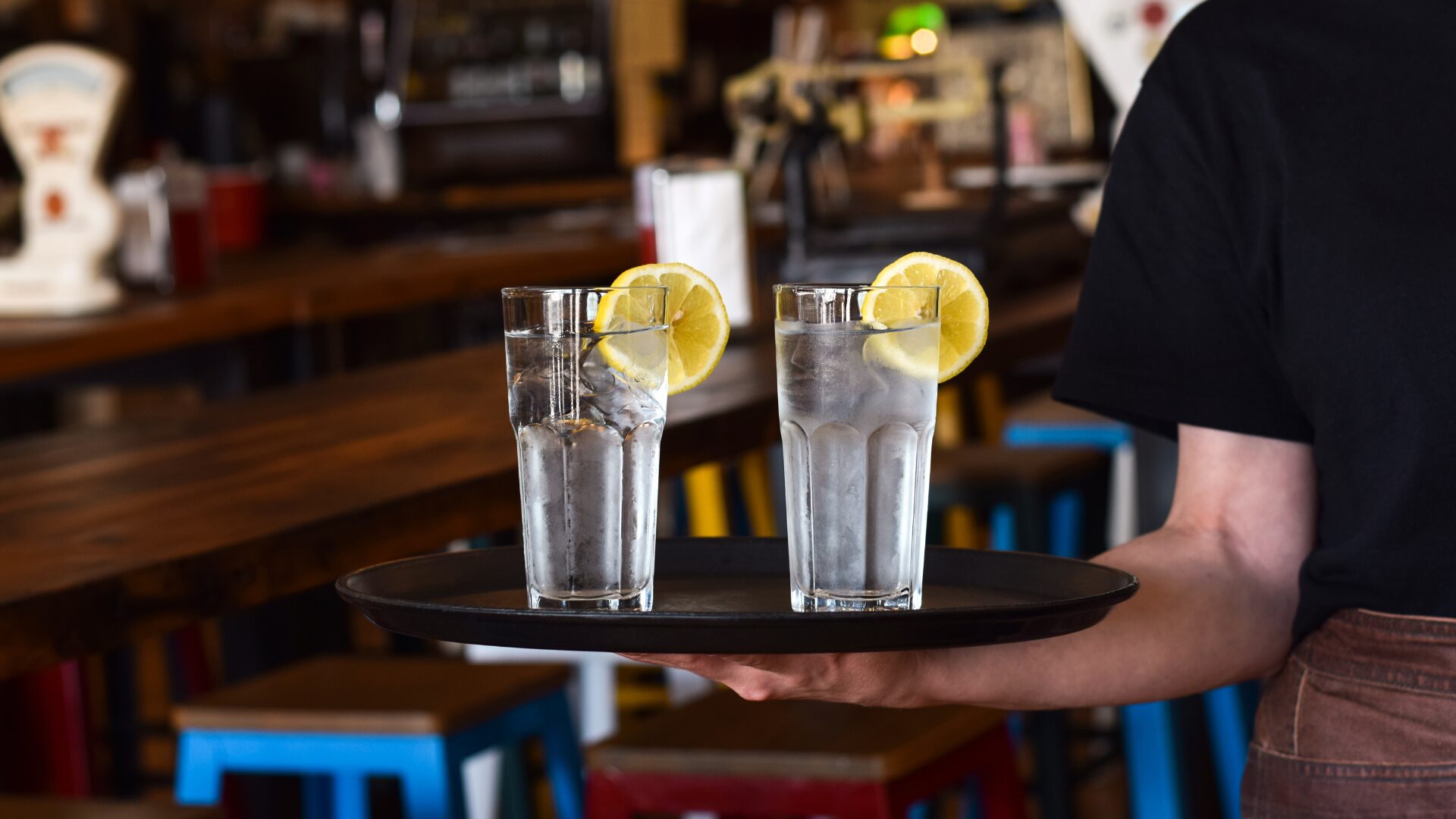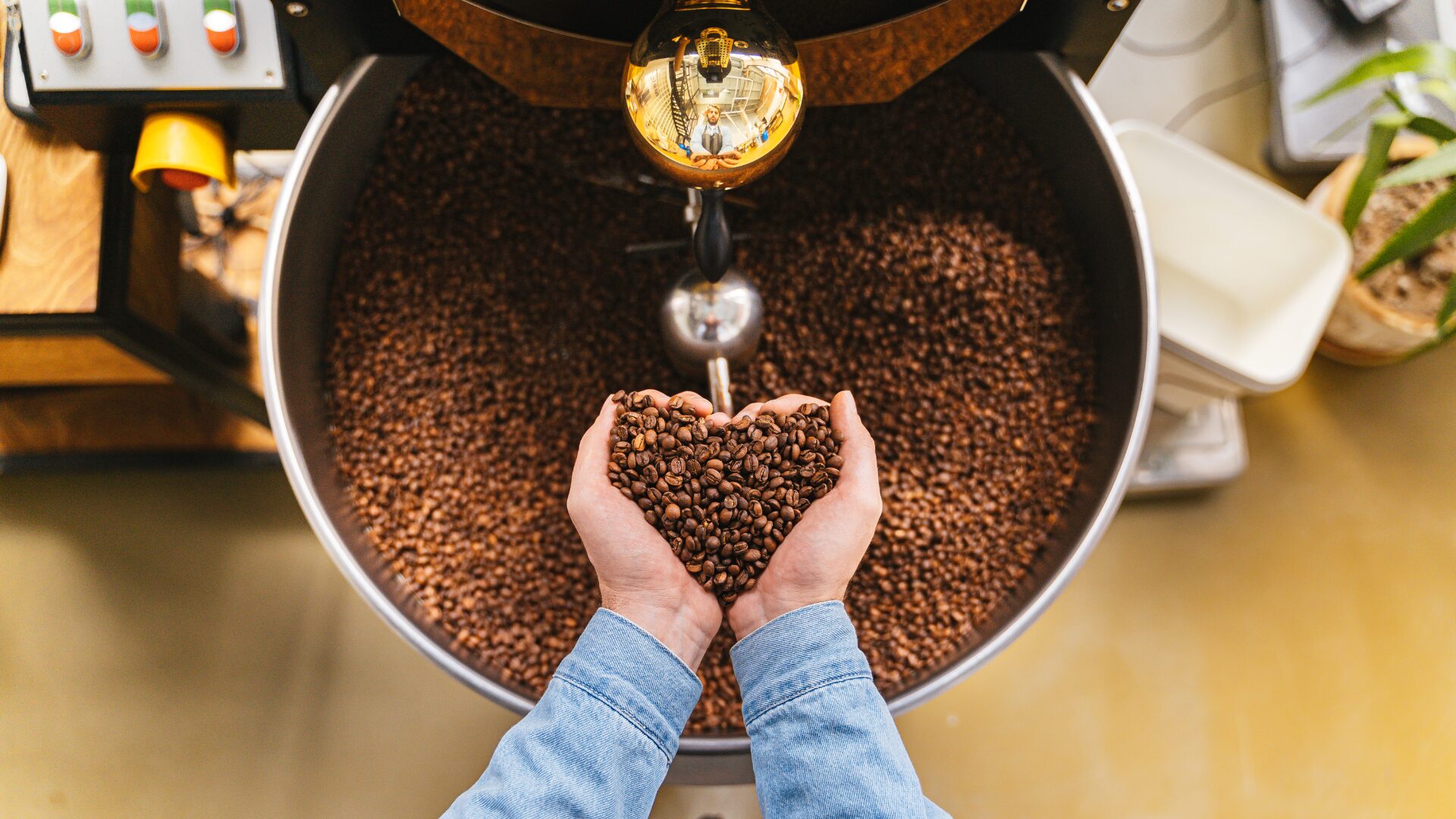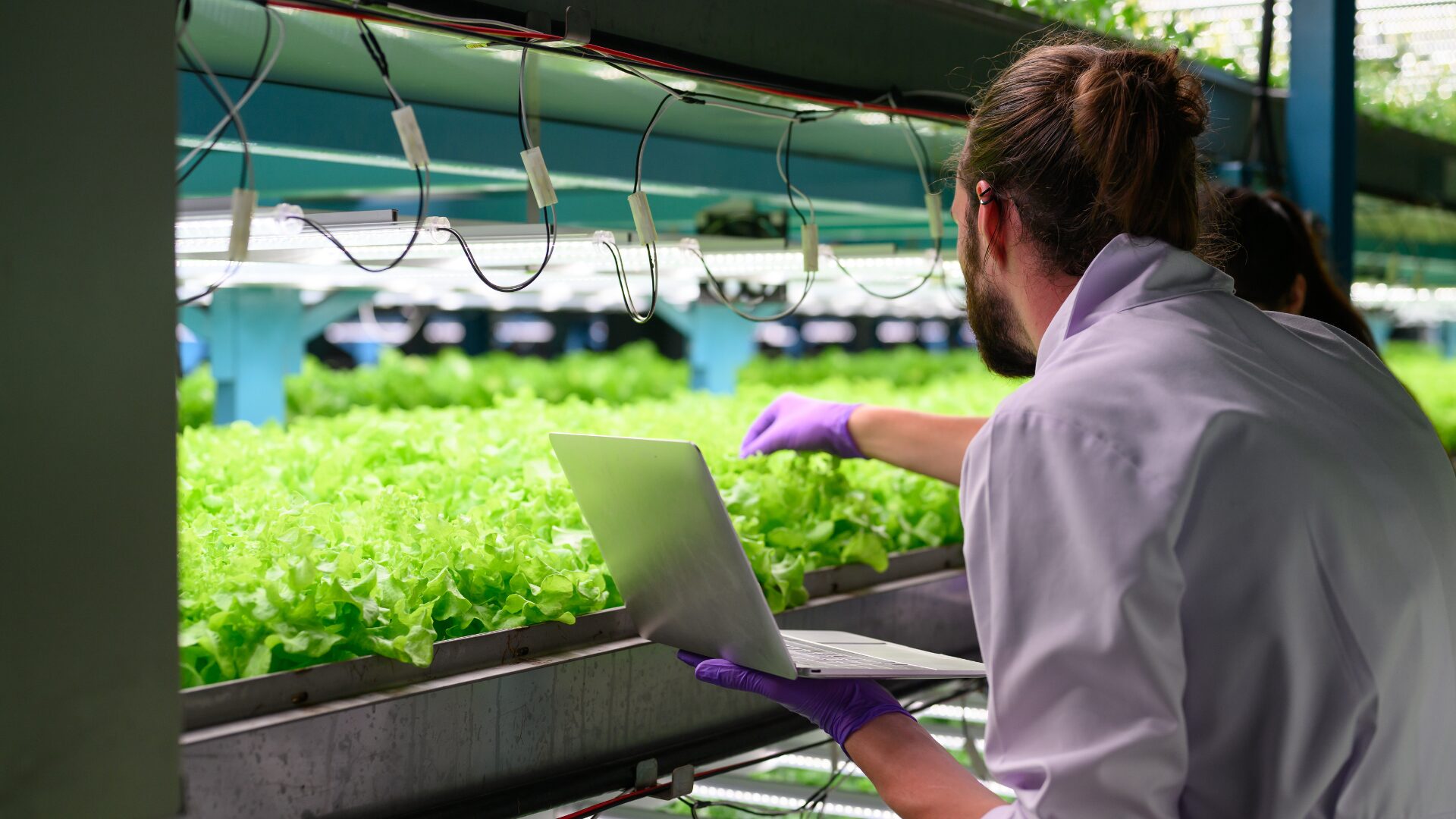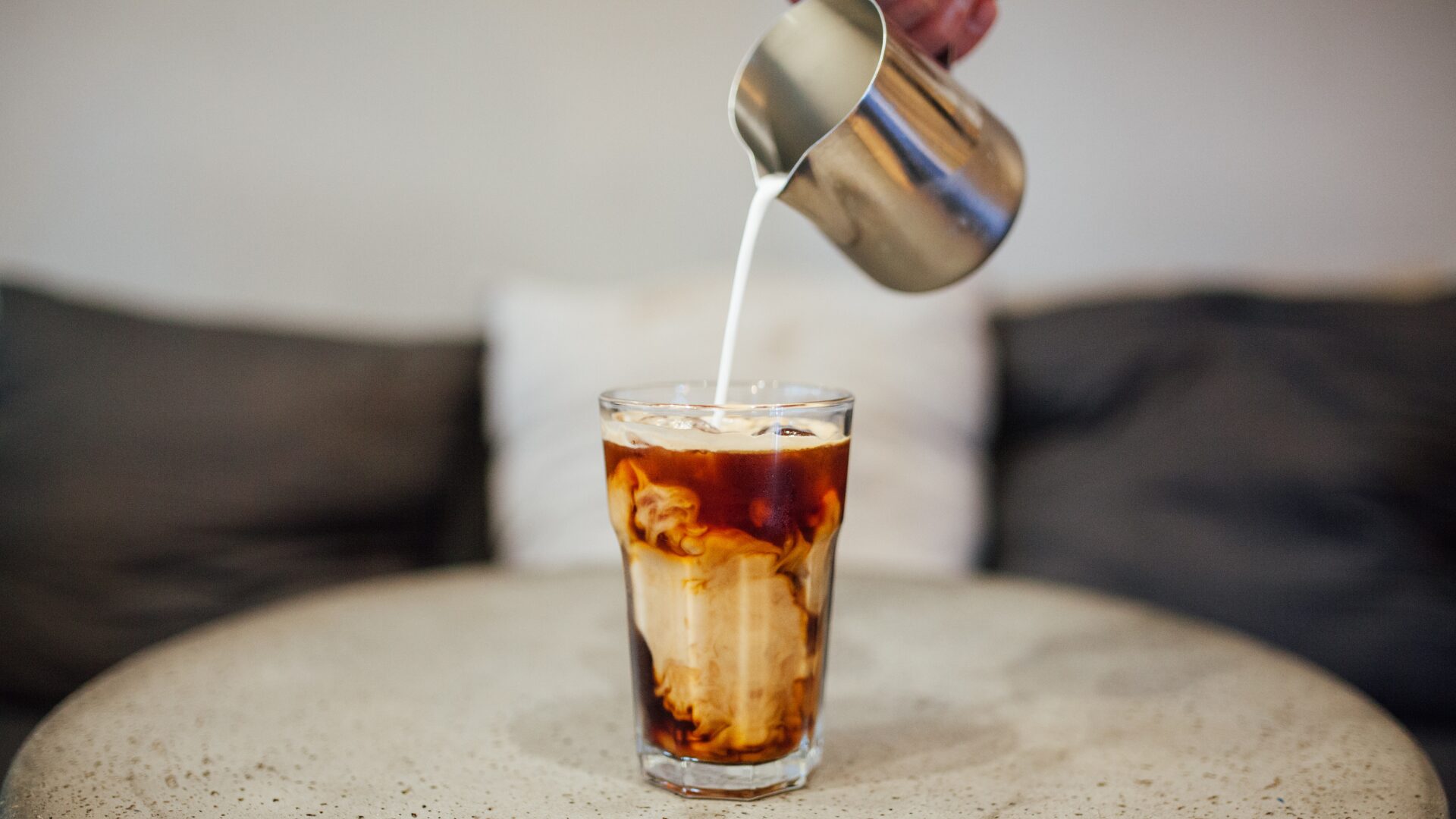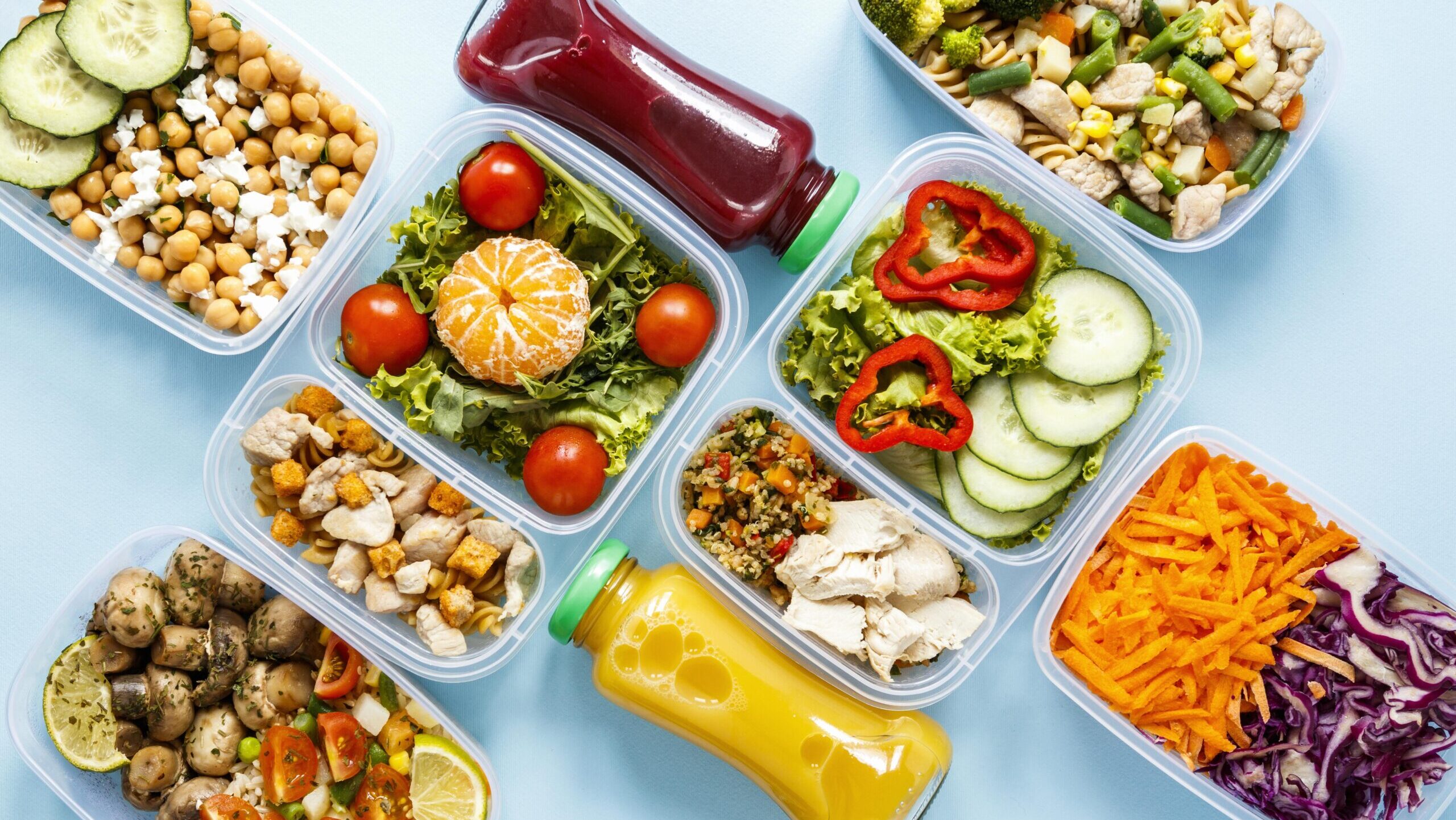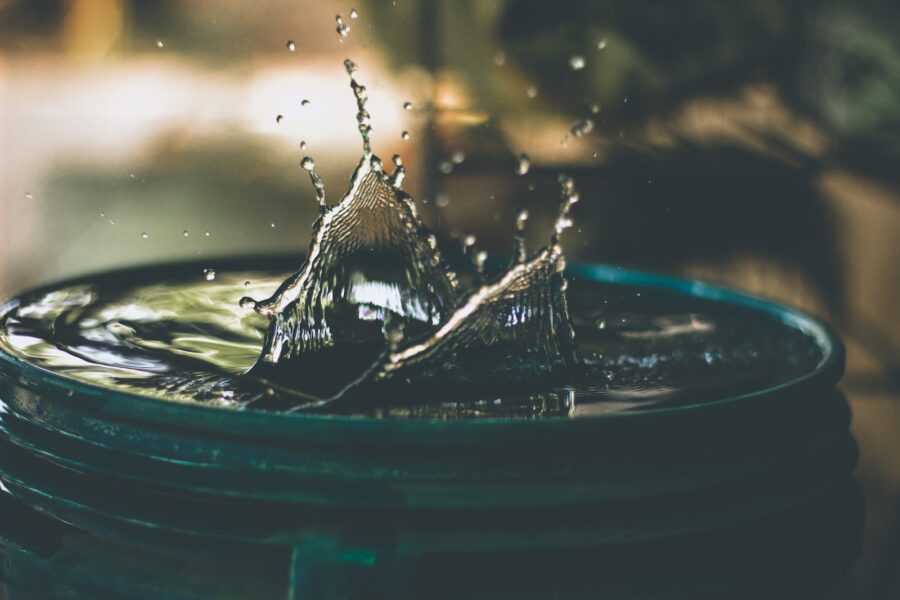If there is any lesson to be learned from the Summer Olympics Seine river cleaning debacle that set Paris back roughly €1.5 billion ($1.4 billion USD), it’s that safe water is difficult and expensive to achieve.
The same is true for drinking water. It is an essential consideration for food and beverage business operations and impacts product quality and safety.
Although tap water in the U.S. is generally safe to drink, Americans don’t trust it: a report from J.D. Power found that only 41% of customers perceive their water as safe. Some of this concern comes from persistent infrastructure disasters like the crisis in Flint, Michigan, that left the community with unsafe water for years, or the more recent hurricane Helene that NPR asserted could leave Asheville residents without drinking water for weeks.
Even after the impact of these events is rectified, consumers remain weary of their water sources and the government agencies that monitor them.
Water’s Role in Foodservice
Indianapolis-based owner of Pier 48 Fish House and Oyster Bar, Jenna Spurrier, told The Food Institute about some of her hangups related to tap water.
“Here in Downtown Indianapolis, the tap water is deemed ‘safe to drink’ by the Indianapolis Water Quality Report and the U.S. Environmental Protection Agency. However, some concerns may still arise, such as contaminants from pipelines and absorption of minerals from the natural limestone,” said Spurrier.
“Business owners like myself may need to take extra precautions, such as considering a water filtration system and using additional chemicals and cleaning agents to soften the water,” she added. Even as water quality changes, these steps can help ensure consumers can be shielded from its impacts on quality and safety.
Foodservice establishments are especially affected by inconsistent water quality as they work to standardize their offerings across multiple locations. Klatch Coffee, a cafe chain that operates 12 brick-and-mortar storefronts across Southern California, told FI that varied mineral makeups of the local municipal water supplies from each operating location can dramatically affect the coffee and tea it produces. As a result, it must purify its water.
“High-quality water plays a critical role in the production of specialty coffee. … But water quality varies wildly from region to region, which creates challenges for coffee shops and cafes,” said Justin Christopher, ecommerce and marketing manager at Klatch Coffee.
He added that each location filters the water, and then adds a supplement of minerals to ensure a consistent, high-quality brew.
“This is done at considerable expense for each new cafe location, but is necessary to ensure consistency,” Christopher said.
NYC Water Faces Transition
New York City business owners may be anxious to learn that the reservoirs that have historically supplied the city with drinkable water are in the final phase of a multiyear repair project to fix leaks that waste roughly 35 million gallons of drinking water a day. As such, the water has been diverted to backup facilities with a different mineral composition. This step is expected to last for a few months.
“Just like different brands of bottled water taste a bit different, so do our different reservoirs,” said Department of Environmental Protection Commissioner Rohit Aggarwala in a statement. “While some residents may notice a temporary, subtle difference in taste or aroma during the repairs as we change our famous blend, our water remains clean and safe to drink.”
This may mean trouble for the water that, according to NYC Mayor Eric Adams, is “the envy of the world,” and “the reason we have the best pizza and bagels in the country.”
As New York City touts one of the “softest” waters in the U.S., meaning it has low concentrations of calcium and magnesium, it can produce unique water known to improve certain aspects of food and beverage preparation such as strengthened gluten formation in dough, according to Food & Wine.
However, the source alleges that this effect is likely minimal, debunking Mayor Adams’ claim. It’s more likely the city’s high-quality pizza and bagels are a result of the stellar chefs’ recipes and experience.
The Food Institute Podcast
Restaurant results for the second quarter weren’t stellar, but people still need to eat. Are they turning to their refrigerators, or are restaurants still on the menu for consumers? Circana Senior Vice President David Portalatin joined The Food Institute Podcast to discuss the makeup of the current restaurant customer amid a rising trend of home-centricity.


